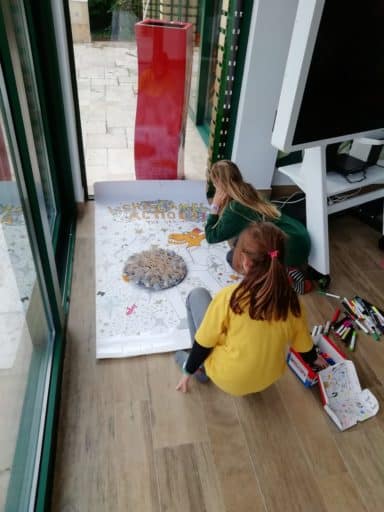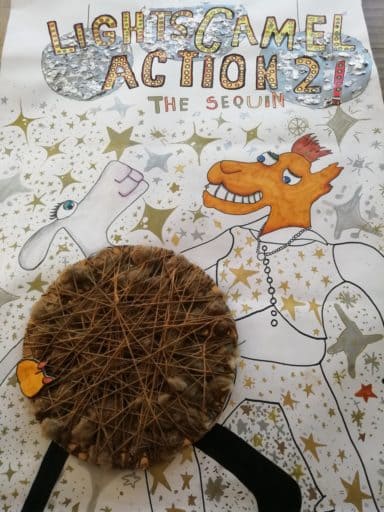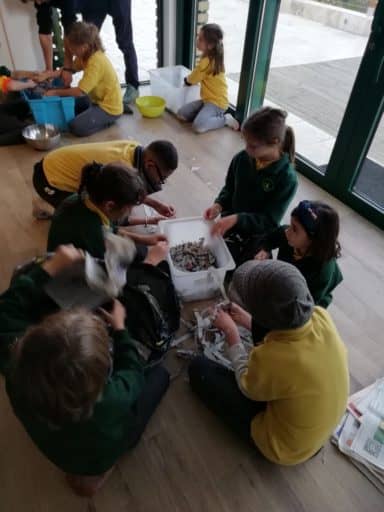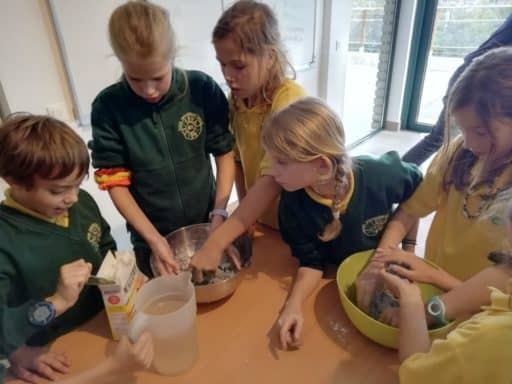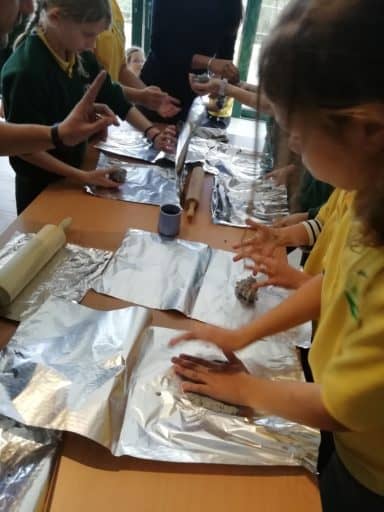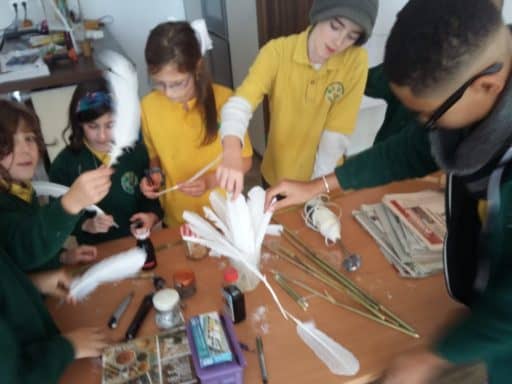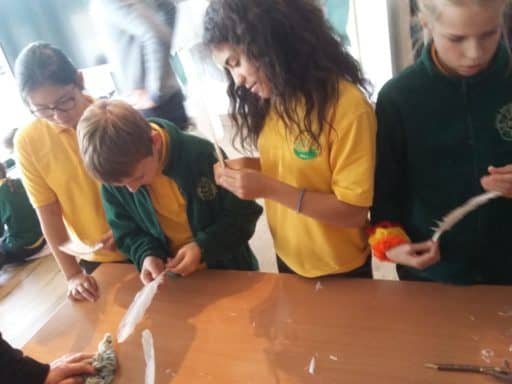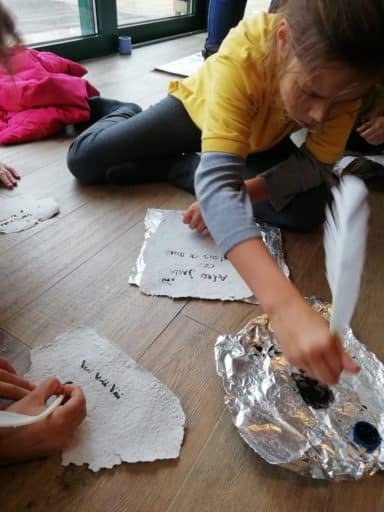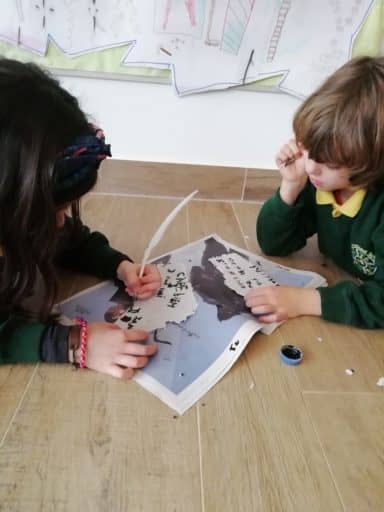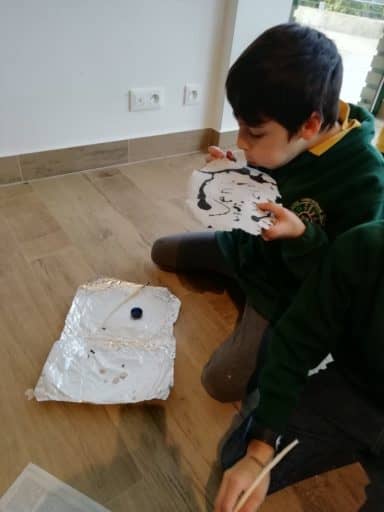Creativity and Renewal

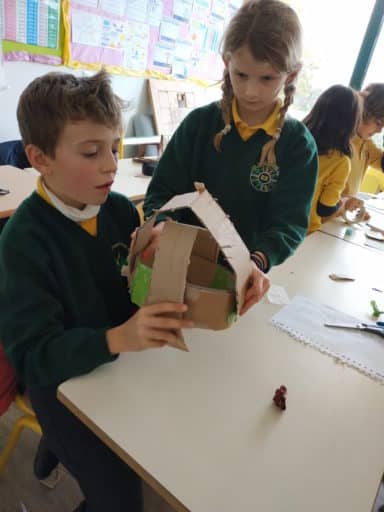
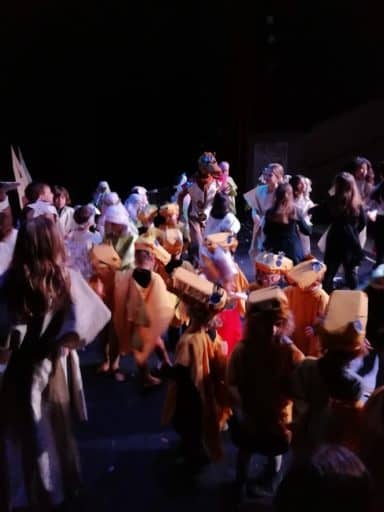
Oaks were busy both preparing a Christmas show…
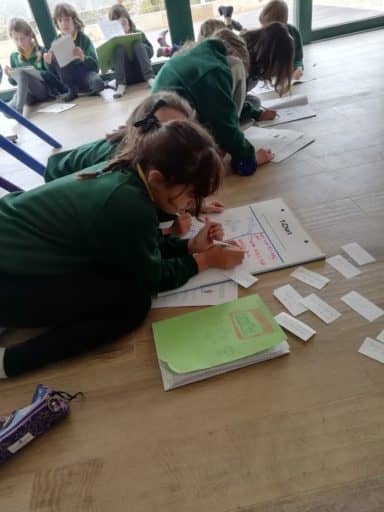
and learning about the renewal of ideas in the Renaissance!
What did we do in Literacy?
- We learned about science and the scientific revolution in history, so working with that theme, we read through multiple scientific texts and answered comprehension questions related to each theme. The scientific method changed the way people viewed the world, and has led to much information and discovery in the form of science. Scientific articles included topics such as the possible origin of allergies, the ecosystem of ants and the classification of Pluto as a dwarf planet.
- Wrote summaries about the books they were reading and about Pluto the dwarf planet.
- Practised songs for the school play, including learning how to sing a song in Dutch.
- Practised lines for the school play, with a focus on tone, fluency and articulation.
- Read the class book Boy in the Back of the Classroom.
- Researched different characteristics of animals, categorised information in their research notes, and wrote a report based off of their researched animal.
- Practised identifying parts of speech, especially nouns and verbs.
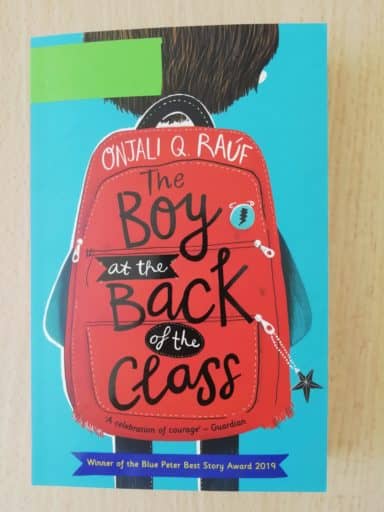
What did we do in ICT?
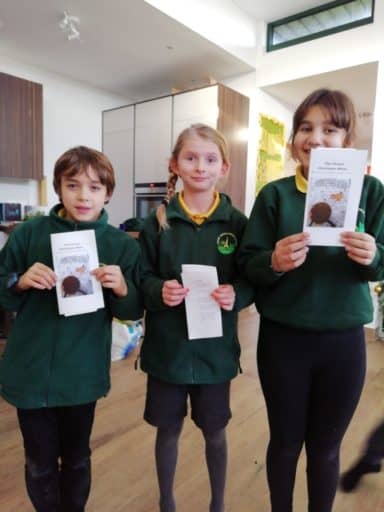
Oaks were busy making brochures for the show!
Pupils made brochures and posters to inform and advertise parents about the Christmas show. Brochures included practising adding and adjusting photos, changing fonts, adding sections into a word program, changing the orientation of the paper on the computer, and most of all, engaging with the show in a more detailed manner.
The following was in pupil-made brochures:
- A title page using a picture of the child-made poster
- A list of characters with actors’ names
- A list of songs with credit to the dancers
- A summary of the plot
- Images of the production of the show
- Logistical details of when and where it is

History of the Renaissance – Renewed thinking
The main purpose and takeaway from our Renaissance unit was how a few people thought differently than before and created something much bigger than themselves. We learned the following about science in the Renaissance:
- The scientific revolution and the scientific method. People, instead of relying solely on religious or mythical explanations to explain the world around them, distilled causes and effects through one change (one dependent variable) at a time.
- How scientists and other thinkers challenged the old order, especially the Catholic Church. Pupils learned that it was not easy at all to challenge authority.
- Geocentrism vs heliocentrism. We learned that Nicholas Copernicus was the first to successfully publish the theory of heliocentrism without being totally discredited (he was not the first to create the theory, just the most well-known one). Copernicus’ ideas were later reinforced by Galileo Galilei.
- That Galileo recorded precise exact coordinates and trajectories of stars/planets though daily observation and invented a telescope to do so, proving the Earth revolved around the sun, not the other way around.
- That the sun is the centre of our solar system. Furthermore, the Earth is not the centre of the universe.
- That Leonardo da Vinci made some very interesting machine designs far before they were invented, such as the helicopter, tank and machine gun.
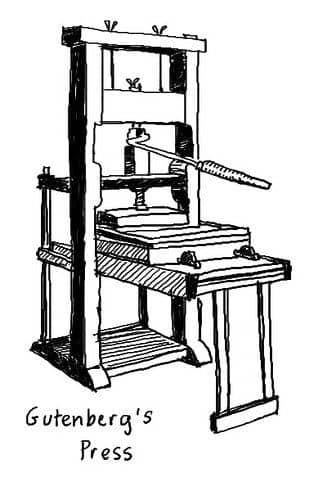
Oaks learned that ideas spread faster than ever due to the printing press invented by Johannes Gutenberg.
We spent time learning and appreciating the invention of the printing press, which made the spread of ideas exponentially faster and the creation of books exponentially easier. To demonstrate this point, pupils learned that there were an estimated 30,000 books around the invention of the printing press. 50 years after the invention of the printing press, there were between 8 to 20 million books, a couple orders of magnitude greater than before. Scientific ideas spread like wildfire, the Catholic church lost influence, and people started to read. Children appreciated their books a little bit more.
The arts, developments, and daily life in the Renaissance.
There was a lot of development during the Renaissance in art, architecture, military and science, but pupils learned that much stayed the same. They compared life for peasants and nobles between the Medieval era and Renaissance era and came to the conclusion that life was mostly the same for peasants and somewhat different for nobles. They did learn some major differences, which follows as such:
- Art developed, with greater focus on human anatomical accuracy and perspective.
- Architecture developed, such as castles becoming more decorative and less protective.
- New weapons came into existence, making armour more and more obsolete as time passed and muskets developed.
- Science began making advances in our understanding of the world, paving the way for change.

Renaissance History en Français
In the French part of history classes, pupils learned about French architecture and art, such as about the Château de Chambord. They compared Medieval and Renaissance times in French, consolidating what they had learned in the English section of history. One activity, as pictured below, was to categorise images which were either Medieval or Renaissance.
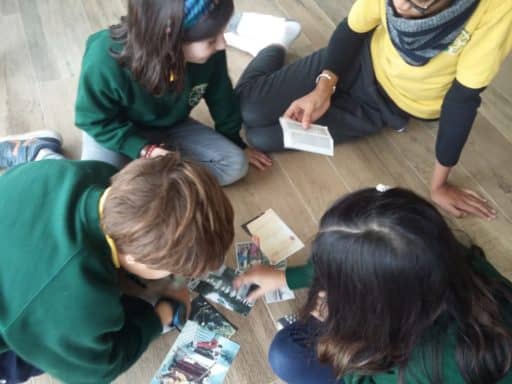
As part of the printing press unit, Oaks and Elms made their own paper from scratch.
They then created feather pens…
to write a message on their paper.
For more information about what Oaks did in French and the French section of history, download the link below.

